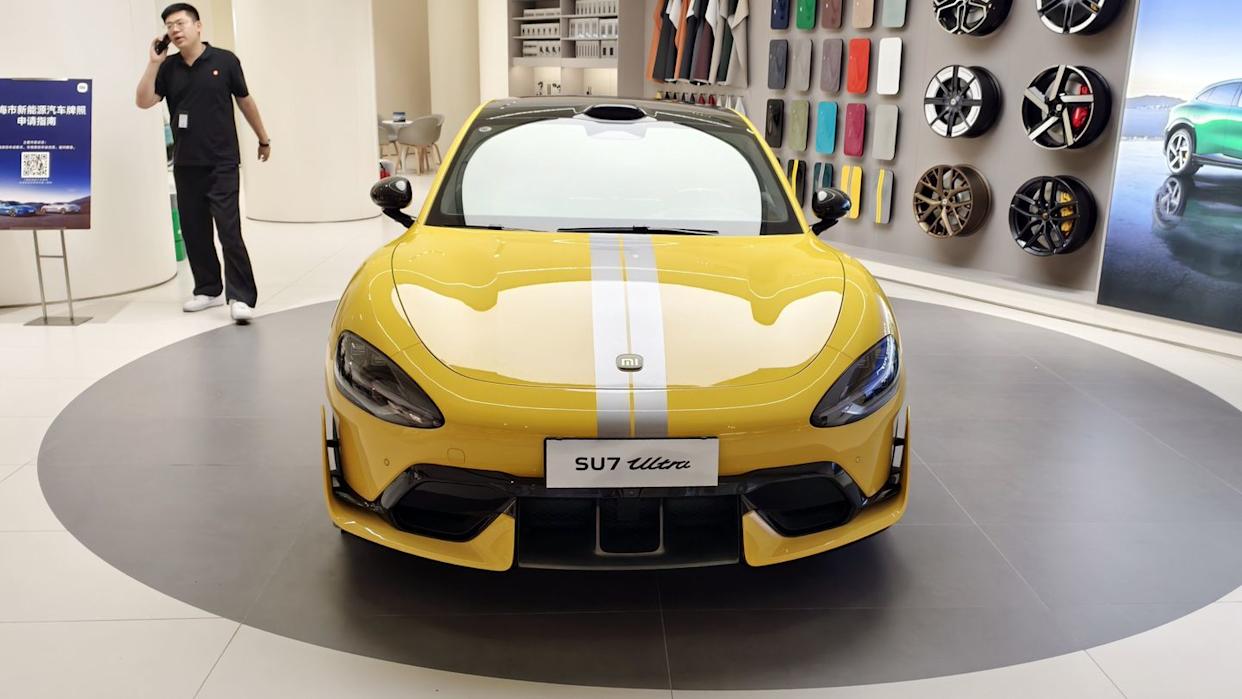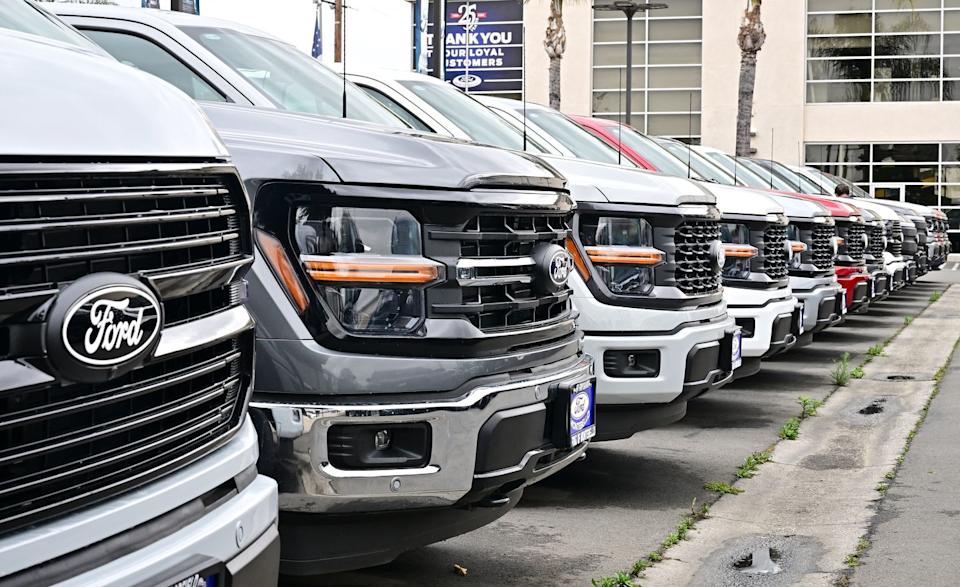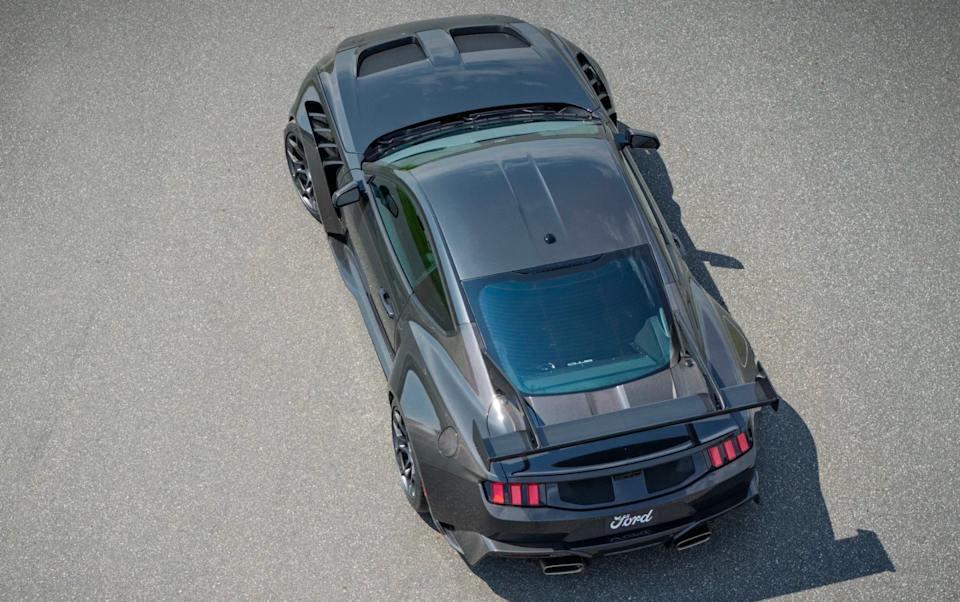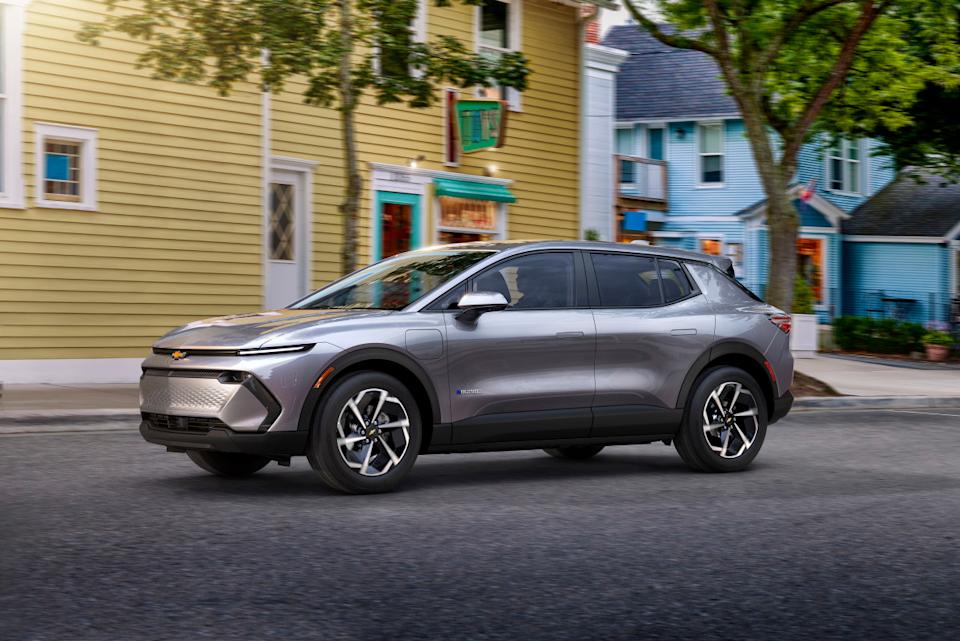
A 2025 Market Outlook Report from Dave Cantin Group (DCG) and Kaiser Associates says 40% of US consumers would consider buying a Chinese-made vehicle.
The report says 75% of US dealers expect a Chinese brand to launch stateside within a year, despite the anti-import stance of the Trump administration when it comes to vehicles.
The 2025 Market Outlook Report says vehicle affordability is still important, and that the US market has reached "peak truck," while South Korean automakers have surged.
Over the past 20 years we've heard from multiple Chinese automakers that they're anywhere from two to five years from a definite US launch.
But we've yet to see it happen, unless we discount a few foreign- and domestic-branded vehicles assembled in China that have been offered stateside, including from Buick and Volvo.
But are Americans ready to buy from Chinese brands?
A new 2025 Market Outlook Report Midyear Update from Dave Cantin Group (DCG) and Kaiser Associates, which is an M&A advisory company, notes that 40% of US consumers surveyed said they would consider buying a Chinese-made vehicle.
What is far more surprising, according to the report, is that 75% of US dealers expect a Chinese brand to land stateside within a year in the current political climate, while DCG believes this is far less likely in reality.
"Affordability is the dominant theme at the midpoint of 2025, and it has implications across nearly every other issue facing the automotive industry," Dave Cantin Group President Brian Gordon says.
"Affordability is reshaping purchase decisions, driving interest in cheaper Chinese vehicles, and making any manufacturer decision to pass on tariff costs to consumers virtually impossible without the risk of losing market share."
Hostile Climate for Imports
Still, willingness among some Americans to buy Chinese-made cars (mostly EVs) is one thing, and their availability stateside is quite another.
In the past 25 years we do not recall a more hostile political climate to goods produced in China, especially cars, given the current administration's attitude toward cars produced as close as Canada, for instance.
And even European brands continue to face an uncertain 2025 given the tariff turmoil seen thus far, while the matter of import tariffs on some European brands remains far from decided.

The report is timely in noting that Chinese brands have made significant headway in Europe over the past few years and continue to do so in other regions, mainly in the market for EVs.
"Abroad, Chinese OEMs doubled EU market share in the first half of 2025, with sales up 91% year-over-year and BYD outselling Tesla in Europe for the first time in April," the study notes.
The report finds a "controlled rollout" of Chinese-made vehicles under the current administration "plausible," though the political benefits of such a move for the administration are not cited.
The report also concedes that Chinese EV manufacturers had been dealt "a major blow" by the reelection of Donald Trump, whose administration has held the entire European, Japanese, and South Korean auto industries on edge with threats of tariffs for the past six months.
The 2025 Market Outlook Report Midyear Update notes a few other major takeaways, besides the disconnect between consumer willingness, political reality, and actual availability of Chinese-made cars.
One of them is consumer desire for less expensive vehicles, which has been a pretty clear trend in our inflationary dystopia—so much so that the American buying public may have finally gorged itself on pickup trucks.
‘We’ve Reached Peak Truck’
"We've reached peak truck, as consumers finally push back and demand more vehicle options, particularly sedans, that are more affordable, leaving some dealers struggling with their product mix," the report says.
Another major takeaway, one that might not surprise all that many readers, is that South Korean automakers have made significant gains over the past several years.
"Interest in both Japanese and domestic automakers appeared to decline this year, while consumers expressed greater interest in purchasing from Korean automakers," the market outlook notes.

A less surprising finding, we believe, is the report's observation that Tesla is finally facing growing competition.
And it's no surprise, perhaps, with a rapidly aging lineup and a pickup truck that ran out of sales momentum very quickly after launch.
Tesla is also no longer the only game in town when it comes to EVs, as Japanese, Korean, Swedish, and German brands have all launched models in multiple segments, many of them not covered by Tesla.
A deeper issue with Tesla is that besides the long-promised second-gen Roadster, which was first seen in prototype form nearly a decade ago, there is no other new vehicle on the horizon.
Also, SAE Level 3 driving does not appear imminent for Tesla, and the automaker seems content to facelift its aging models.
So far this tactic has worked surprisingly well for Tesla, at least until early 2025.

But at some point consumers might venture to Wikipedia and find out when the Model 3 platform first entered production, in 2017.
That's old in automotive product cycle terms, but it remains much younger than the Model S, which has been around since 2012.
Would you consider buying a car from a Chinese brand if it were offered in the US? Let us know in the comments below.







Comments